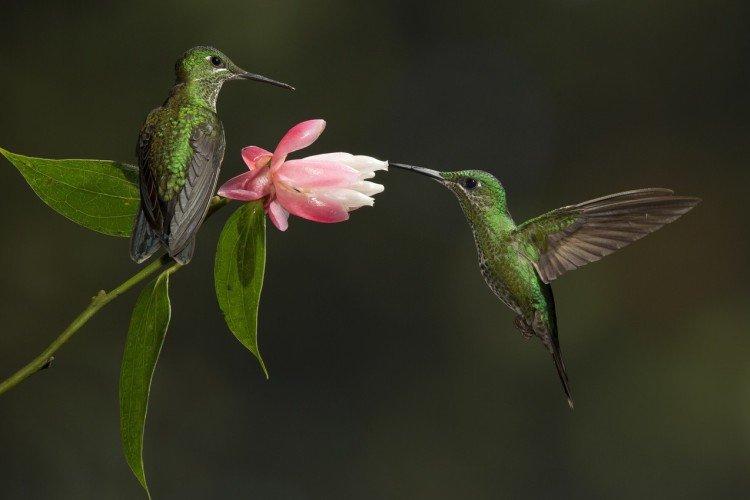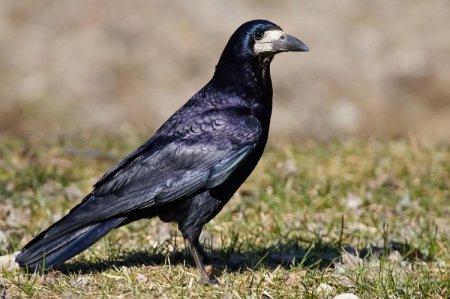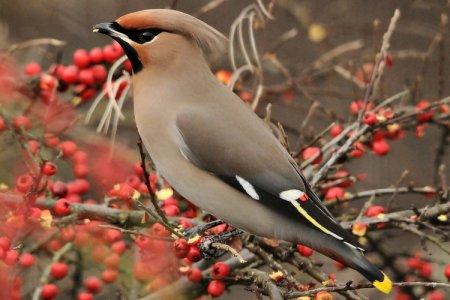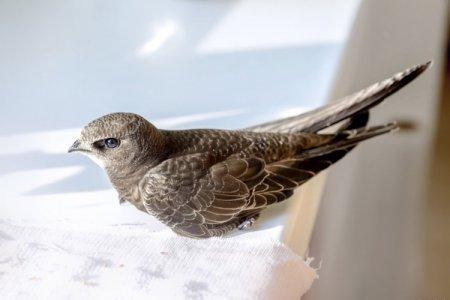
Everyone has probably heard of the tiny hummingbird, but what do we know about her, besides her bright plumage and her love of flower nectar? Let's talk about the features and lifestyle of an exotic bird in more detail!
general description
Hummingbirds are attracted not only by their bright plumage. Their role in nature cannot be overestimated, because many plant species are exclusively pollinated by them. This is especially true for the countries of the New World.
Hummingbird appearance
The appearance of a bird is very different, depending on the species. The number of colors and beak shapes cannot be enumerated at a time. Males are often brighter than females and boast a tuft, elongated tail feathers, or other tricks.
Hummingbirds have a very long tongue, which they push forward at lightning speed to collect nectar. The upper part of the beak, as it were, covers the lower one. Legs are thin and weak, not adapted to the ground, but they are enough to hold onto branches.
Hummingbird wings differ from wings of other birds even at the skeleton level. They are more reminiscent of the wings of a butterfly with developed muscles and a movable shoulder joint. The plumage is characterized by a bright metallic luster and a color change depending on the angle.

Singing
The sound signals of hummingbirds are similar to the birds themselves: fast, sharp, aggressive. Almost all trills are performed at high frequencies, but they can be interrupted by unpleasant guttural sounds. At the same time, the structure of the hummingbird's larynx is the same as that of songbirds, which means that it can learn to sing.

How long do hummingbirds live?
The life span of a tiny hummingbird is not as short as for a bird of its size. On average, it is 3-5 years, and the record figures are 11-12 years. Many species are now listed in the Red Book due to massive catches and environmental problems. In addition, the incubation of hummingbird eggs became somehow possible only 6 years ago.

Hibernation
Due to the insane speed and rhythm of life, the hummingbird constantly needs feeding. Therefore, chicks are waiting for their mother, and later adult birds, while resting, go into a special hibernation. Their pulse slows down, and their body temperature drops below 20 degrees. Hibernation can only be interrupted by sunrise.

Flight
The hummingbird has a unique fluttering flight path, thanks to which they masterly maneuver and are able to hover in the air. Sharp long wings make very difficult eights, and tail control allows you to move straight in horizontal and vertical planes. The swing frequency can be up to 80 times per second.

Records
There are a lot of interesting records for hummingbirds. This is the only bird that can fly in the opposite direction. This is one of the smallest vertebrates, but at the same time - the most voracious.
The number of heart beats per minute during the flight easily exceeds 1200. It is simply impossible to repeat the frequency of its flaps without fantastic overheating. Moreover, the volume of the heart is about half of the total volume of the hummingbird.

Hummingbird species
There are over 300 species of hummingbirds, ranging from the smallest to the largest. The weight of the smallest inhabitant of Cuba is up to 1.6 g. The only hummingbird that once flew into the territory of Russia, according to official data, is ocher.
Gigantic hummingbird
The largest representative of his family, and at the same time one of the most faded. The weight of an adult bird reaches 20 g, and the length is up to 15 cm. The color is brown-green with red and yellow blotches.

Sword-beak hummingbird
The amazing shape of the beak of this species is lost against the background of its length. It is up to 11 cm, while the length of the entire body with a tail is up to 9 cm. Sword-billed hummingbirds boast iridescent emerald plumage.

Hummingbird
A tiny hummingbird weighing only 2g, which really makes it look like a large bee. Interestingly, males of this species are smaller than females.The color is gray-blue-green, but iridescent and red tints appear by the mating season.

Buffy hummingbird
The same species that can rarely be found in Russia. The bird has a wide tail, short wings, and the reddish-brown color is a bit like a passerine.

Topaz hummingbird
Quite a large species weighing up to 10 g with a very variegated multi-colored color. Orange, gold, green, purple, all with a characteristic metallic sheen.

Ruby hummingbird
A very common species in South America, and one of the most numerous in general. Females are brown and white, and males are green, but all have a red patch on their chest and a reddish breast.

Crowned hummingbird
This species can be easily identified by its small, thick beak. The plumage color ranges from light lemon to dark green and chestnut. This allows the bird to practically blend in with the foliage.

Lifestyle
Hummingbirds have a rather nasty and quarrelsome character, so they prefer a solitary lifestyle. This is only facilitated by the bird's hyperactivity during the day. By the way, they are also brave, because they bravely attack much larger enemies.
Hummingbird habitat
All hummingbird species are native to Central and South America, but since then they have spread to different regions. They prefer rainforests, but there are also desert hummingbirds. In addition, they live at an altitude of up to 5200 m.

Diet
Hummingbirds eat nectar, but at the same time they consume it in fantastic quantities. During the day, the bird eats several times its own weight, and it does all this in flight and at speed.
In addition to nectar, hummingbirds eat pollen, but for saturation they also hunt small insects. There is a version that the shape of the beak of different species of hummingbirds is evolutionarily determined by the shape of the flowers that this species feeds on.

Wintering
Most hummingbird species live in warm countries and are sedentary. Moreover, the habitat of a particular species is often strictly limited to a certain territory. But there are also migrating hummingbirds that can easily cover 5000 km.

Hummingbird breeding
Hummingbirds are polygamous and reproduce very actively, and the southern species do this throughout the year. The male aggressively defends his territory before mating, but after that he immediately flies away and leaves the female.
The female builds a small nest on leaves or branches. In size and appearance, it resembles a walnut shell. There she lays several eggs and incubates them for 2-3 weeks, independently obtaining food and protecting the territory. The female hummingbird bravely protects the offspring, piercing potential enemies with its beak.
Chicks need a huge amount of nectar, which the female carries continuously throughout the day. While the mother is away, they fall into suspended animation, and thus wait for her presence. After 3 weeks, chicks can already leave the nest.

Natural enemies
Because of its speed and size, hummingbirds have few natural enemies. But for them tree snakes and large spiders are very dangerous. However, the greatest threat to the hummingbird population is the human hunting for brightly colored feathers.

Hummingbird - bird photo
You can admire the beauty and grace of a hummingbird for a very long time. And for this we have prepared a large gallery with pictures of a photogenic bird!




























